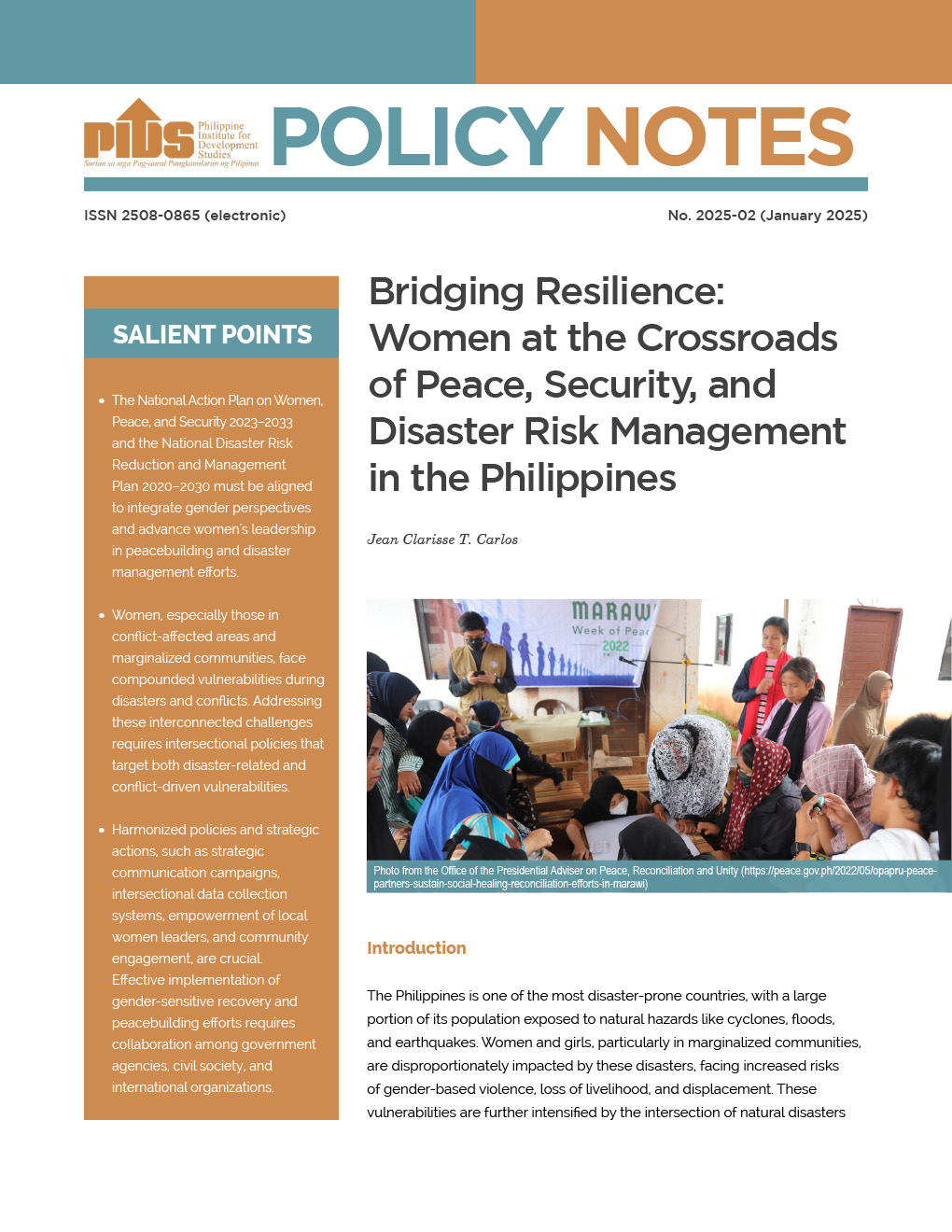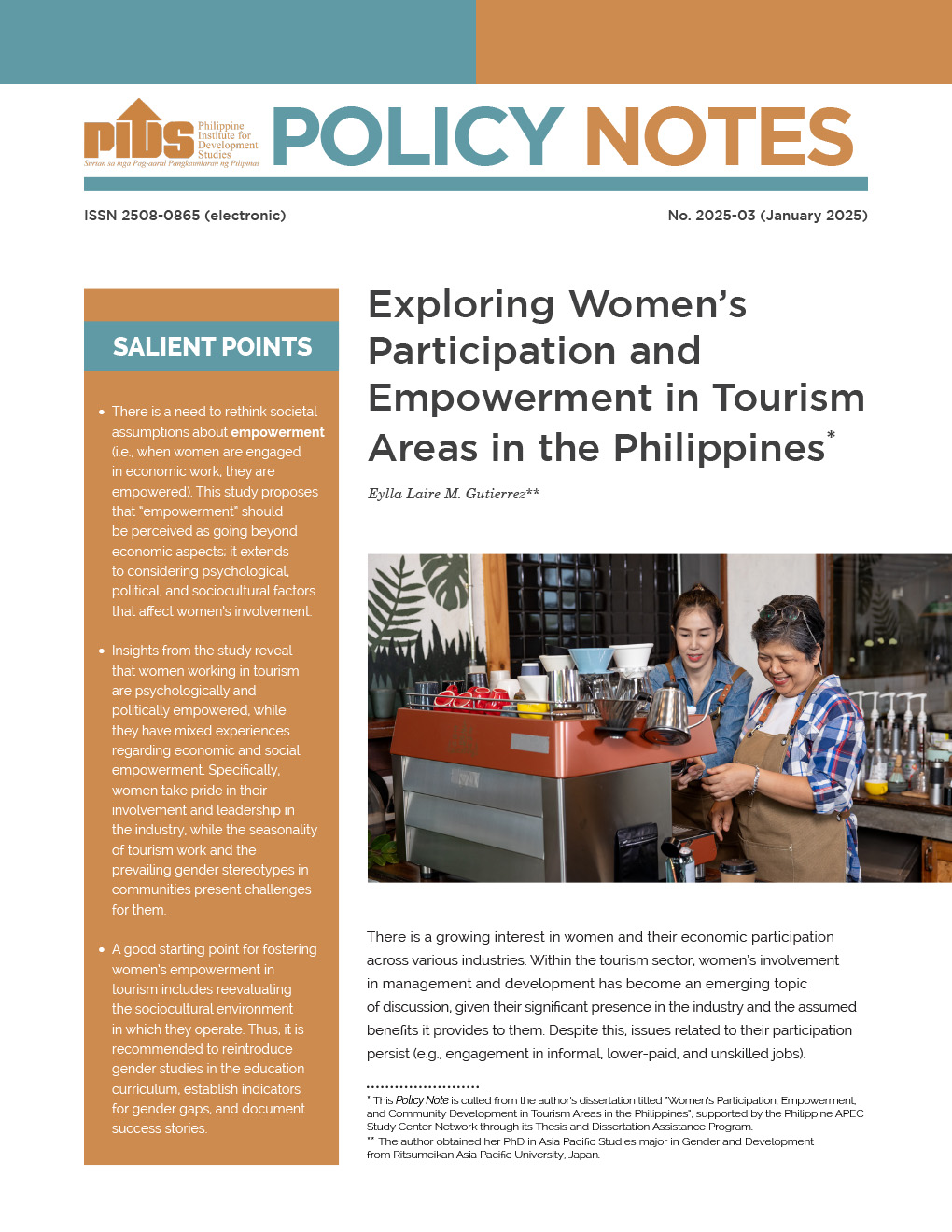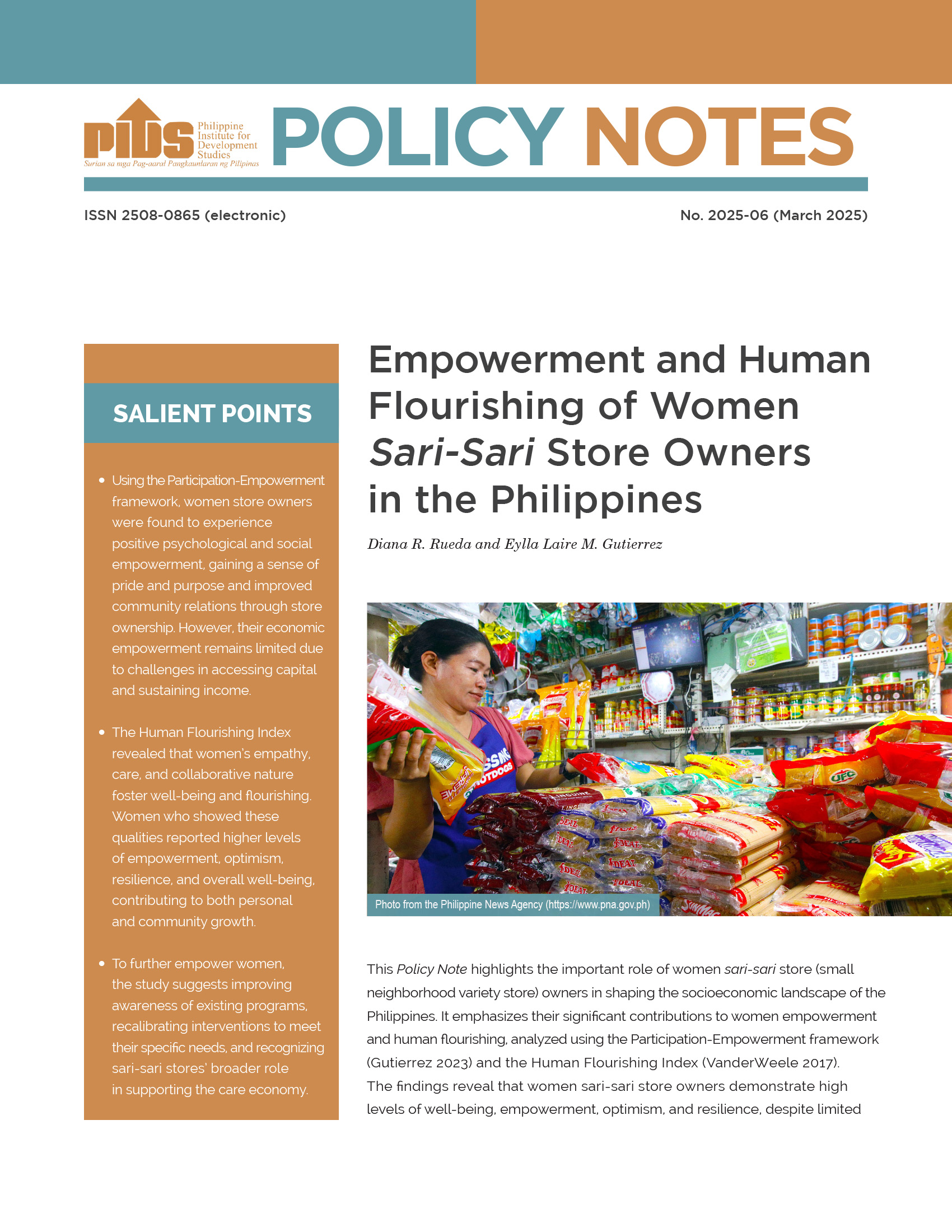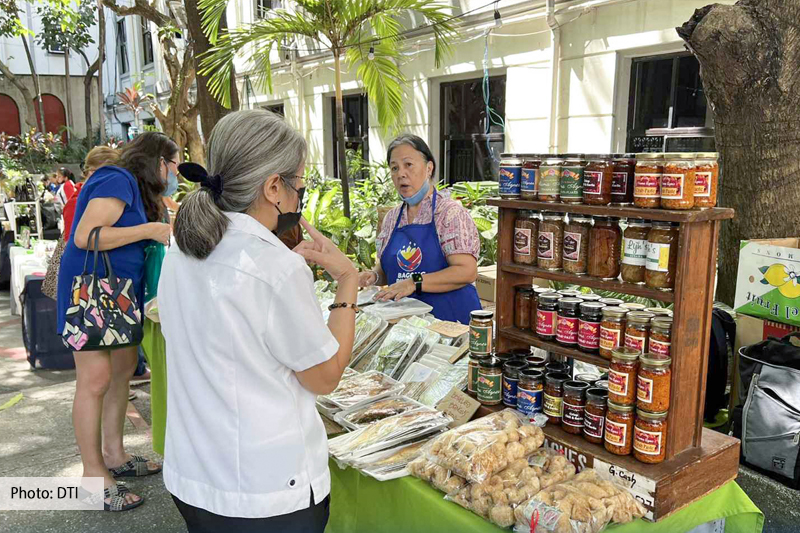Filipino women remain underrepresented in top-level positions in the government and business, a study from a state think tank showed.
A Philippine Institute for Development Studies (PIDS) study pointed out that women should have a voice in decision-making process, especially in policies which concern their welfare.
In their study, PIDS researchers Jose Ramon Albert, Clarissa David and Jana Flor Vizmanos noted that maintaining female representation at the top levels of the government and the industry is critical to sustain gender equality in the country.
The highest positions in governance include posts in the legislative, executive and judicial branches while business top positions include chief-level positions, board memberships and director positions.
The Philippines is among the United Nations member-states that have committed to achieve gender equality as part of the 17 sustainable development goals and the 2030 agenda for sustainable development.
Government representation
In the Senate, there has only been three to six female senators out of 24 since 2001. In the House of Representatives, the share of positions held by women was at 27 percent in 2015.
"Only Loren Legarda has ever served in a leadership position within the Senate as the majority leader of the 12th Senate in 2001. No female has ever assumed the rank of Senate President or House Speaker," the PIDS study said.
The situation is worse in local elective positions such as governor, mayor and lower elected positions. This may be attributed to the limited involvement of women in electoral politics and not the low inclination of the public to vote for them, the study said.
The presence of political dynasties also make it hard for women to enter politics without dynastic connections.
Only 17 percent of national and local government posts were held by women from 2004 to 2016, according to 2017 data from the Commission on Elections.
"A target of 40-percent representation across all high-level offices is reasonable given that half of the population are women and assuming that voters do not discriminate by sex," the PIDS study read.
Most Cabinet posts are held by men while areas such as health, tourism and social welfare are usually female-associated. Women are less represented in the areas of economics, budget and management, finance and foreign affairs.
Industry leadership positions
In the Philippines, only 32 percent and 11 percent of women hold corporate executive and board member positions, respectively, according to data from the World Bank.
"Filipino women at the top executive positions usually hold posts as treasurers, corporate secretaries, and finance managers. Philippine firms that have women as chair or president are also usually in the retail, food, and pharmacy sectors," the study said.
In the past 15 years, women share 40 to 43 percent of senior and middle management positions, according to the Philippine Statistics Authority. This is close to proportional against women in the population but higher than their overall labor participation rate.
The authors of the PIDS study noted that participation of women in all industry levels is good for business as women see additional aspects of problems and solutions in daily operations.
"Women are informed by their own challenges and experiences, which are different from those of men," they said.












